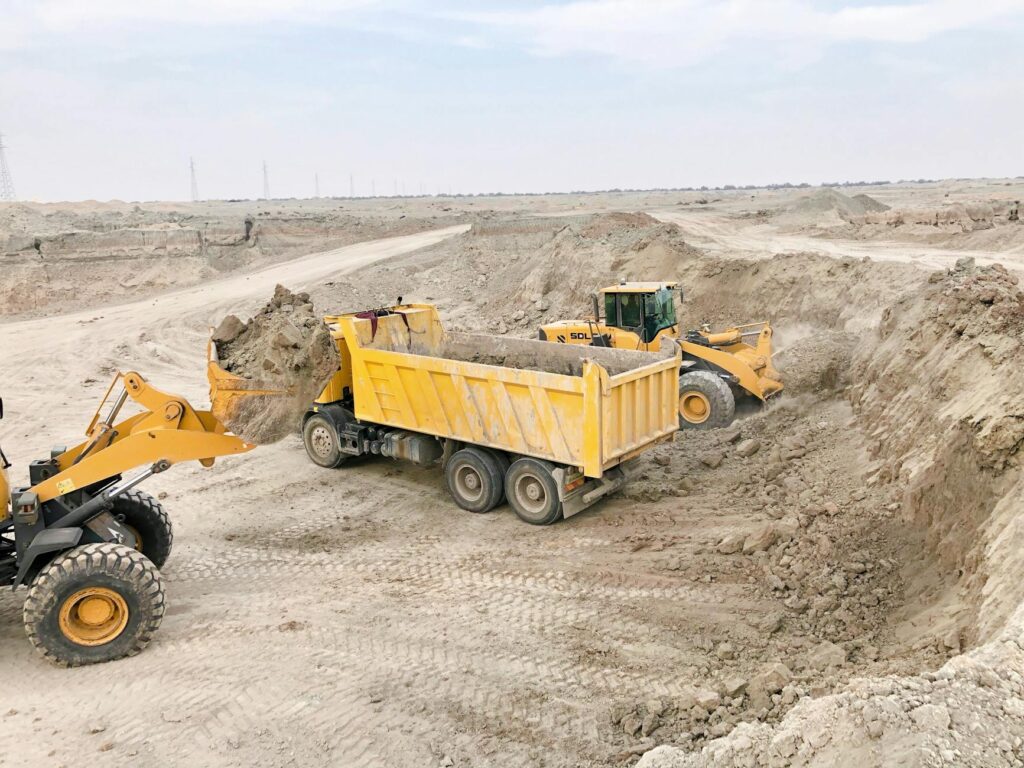What is environmental modifications?

What is Environmental Modifications?
In our fast-paced world, the spaces we inhabit profoundly impact our productivity, mental health, and overall well-being. This is where environmental modifications come into play. These modifications are adjustments made to our physical or social environments to create a more conducive atmosphere for productivity and personal development.
Understanding Environmental Modifications
Environmental modifications are not just about changing furniture around or adding a few decorative items. They represent a comprehensive approach to enhancing the spaces we occupy, be it our homes or workplaces.
Definition of Environmental Modifications
At its core, environmental modifications involve altering an environment to improve accessibility, usability, and overall functionality. This could mean anything from rearranging a workspace to making physical adaptations in a home or office setting. These changes can significantly impact how effectively we engage with our surroundings, ultimately influencing our success and happiness.
Types of Environmental Modifications
Environmental modifications can be categorized into two main types: physical changes and social/environmental changes.
-
Physical Changes: This includes modifications to furniture, lighting, and layout to enhance comfort and efficiency. For instance, adjusting the height of a desk or adding ergonomic chairs can drastically improve work productivity.
-
Social/Environmental Changes: These modifications focus on the social aspects of our environments. This could involve enhancing communication among team members or fostering a more inclusive atmosphere that promotes collaboration.
The Importance of Environmental Modifications
In today’s world, where distractions abound, creating an optimal environment is more important than ever.
Impact on Productivity
Research indicates that environmental modifications can significantly boost productivity. For example, a well-organized workspace with adequate lighting can lead to enhanced focus and efficiency. By minimizing distractions and optimizing our environments, we can better channel our energy into productive tasks. A study found that workplaces designed with attention to environmental modifications can lead to a 20-25% increase in productivity.
Influence on Well-Being and Mental Health
The benefits of environmental modifications extend beyond productivity. A thoughtfully designed space can enhance one’s mental state. Imagine walking into a clutter-free, well-lit room vs. a dim, disorganized space. The former promotes a sense of calm and focus, while the latter can induce stress and distractibility. Notably, environments designed to meet the needs of individuals with disabilities can also improve their quality of life, as highlighted by NCBI.
Common Examples of Environmental Modifications
Implementing environmental modifications doesn’t have to be overwhelming. Here are some practical examples you can easily incorporate into your daily life.
Workplace Modifications
-
Desk Arrangements: Consider arranging your desk so that essential tools and materials are within easy reach. This reduces unnecessary movement and allows for more seamless workflow.
-
Lighting Adjustments: Ensure your workspace has adequate lighting. Natural light is ideal, but if that’s not feasible, opt for bright, white lights that mimic daylight.
-
Noise Control: Introduce sound-absorbing materials like carpets or curtains to minimize distractions from ambient noise. You might also consider white noise machines to drown out disruptive sounds.
Home Environment Modifications
-
Decluttering: Take time to declutter your living space. A tidy environment can reduce stress and increase your ability to concentrate.
-
Dedicated Spaces: Create specific areas for work and relaxation. This helps signal to your brain when it’s time to focus and when it’s time to unwind.
-
Personal Touches: Incorporate elements that inspire you, whether that’s artwork, plants, or personal mementos. These can create a more inviting atmosphere.

Photo by Ahmed Al-Hilali
Implementing Environmental Modifications
Taking the step to modify your environment can feel daunting, but it’s truly about making small, manageable changes.
Assessing Your Current Environment
Start by evaluating your current space. What’s working for you, and what isn’t? This reflective process helps identify specific areas for improvement. Engage in self-reflection or solicit feedback from coworkers or family to gain insights into how your environment affects your productivity and mood.
Setting Goals for Modification
Once you’ve assessed your environment, set clear goals for modification. Consider using the SMART criteria:
- Specific: Clearly define what you want to change.
- Measurable: Establish criteria to measure your progress.
- Achievable: Ensure your goals are realistic.
- Relevant: Align your modifications with your overall personal development objectives.
- Time-Bound: Set a timeline for your modifications.
Conclusion: Embracing Environmental Modifications
In summary, environmental modifications are essential tools for enhancing productivity and well-being. By thoughtfully altering our surroundings, we can create spaces that foster creativity, reduce stress, and promote engagement. So why not take a closer look at your environment today? Small changes can lead to significant improvements in your daily life and overall happiness. Embrace the power of environmental modifications and start transforming your space for the better!